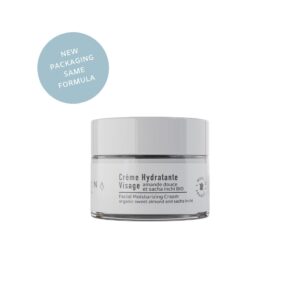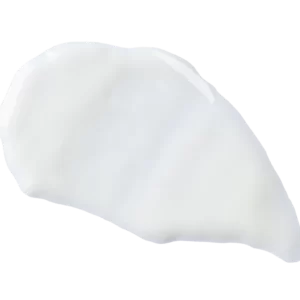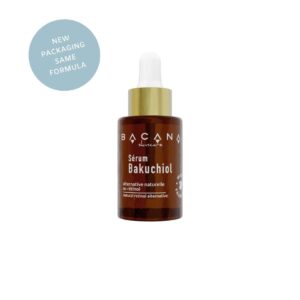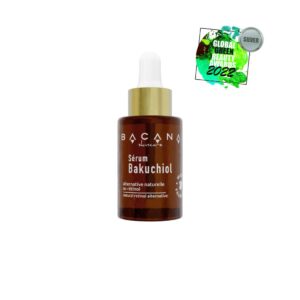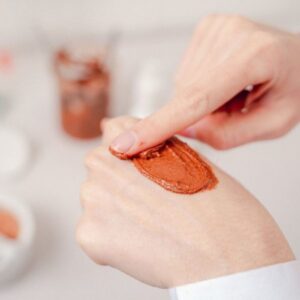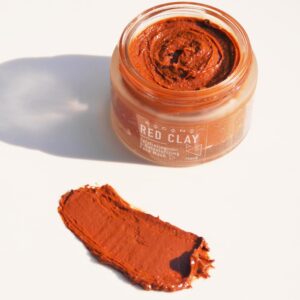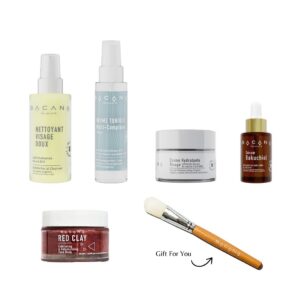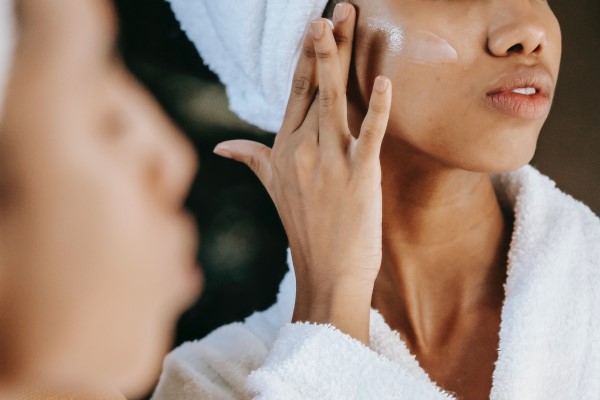
What is Melasma and How to treat with natural cosmetics?
Melasma is a disorder characterized by the hyperpigmentation of the skin due to the increased deposition of melanin – a brown pigment that protects DNA – resulting in the appearance of dark spots on the skin. You will find it more frequently occurring in areas exposed to ultraviolet light, including direct sunlight. Moreover, it is generated by indirect types of lighting as well as the light radiated by computers, smartphones, tablets and common lamps (1).
This skin condition is very common to develop more often in women but it can also affect men. Usually, hormonal changes are also common causes to likely develop melasma, such as pregnant women, usage of contraceptives, or hormone replacement.
Among the most affected areas we can highlight are: cheeks, nose, forehead, and lap.
How to identify if you have Melasma?
If you have symmetrical brown spots on your skin, there is a high chance of them being melasma, but remember, only a dermatologist can make the correct diagnosis and you should never do any treatment on the spots before making sure about the best course of action after consulting with your doctor.
Mostly affected skin types
Although Melasma can affect any skin type, it is much more common in darker than in lighter skin types. It may be even more common in light brown skin, especially in East Asian, Southeast Asian, and Hispanic people, who live in regions with intense sun exposure (2). Melasma is the most common pigment disorder amongst the indigenous.
There are many effective natural treatment options for Melasma on the market and we will show below some commonly used and well accepted by consumers.
What makes melasma worse?
As we have already mentioned, excessive exposure to the sun, heat, and light sources can worsen the spots. Melasma is a chronic condition and following treatment correctly is essential to prevent having it again. Any source of heat can aggravate Melasma or stimulate its spread. It is a long treatment and requires a lot of dedication in the usage of products suitable for each skin.
Melasma natural remedies

Aloe Vera
A study carried out on pregnant women with Melasma who used a topical preparation with Aloe vera showed a significant improvement in Melasma after 5 weeks of use (3)
Bisabolol
Natural bisabolol is known to be anti-inflammatory and also works by inhibiting melanin production.
Red Clay
Clay was one of the first substances used in humanity with a therapeutic effect for various treatments. It is traditionally used to lighten discolorations and remove impurities and toxins from the skin.
Pracaxi Oil
This multifunctional oil is known for its high moisturizing and healing power, in addition, to helping reduce skin spots.
The importance of wearing sunscreen
As the factors that trigger Melasma are activated by exposure to light, it is important to use sunscreen every day and replenish it every 3 hours even when you are indoors. It acts as a barrier to solar or any kind of indirect light. It is advised that you give preference to natural formulas, especially with color, so that the protector already works as a base for the face.
Also, avoid excessive exposure to the sun and heat. You should intensify the usage of antioxidant products, which prevent the damage caused by free radicals on the skin. It is also recommended to wear hats or caps, working as a physical protection from the direct sun light.
Know Bacana’s products that may help
Bacana has some products that can be used in the treatment and prevention of Melasma.
The Tropical Shine Serum has natural bisabolol and pracaxi oil in its formula in addition to antioxidants that will assist in the clearing and prevention of sun damage.
The Blooming Nature Cream we can find Aloe Vera, which in addition to helping with Melasma, will keep your skin super hydrated.
The Red Clay Mask is suitable for all skin types and will help in bleaching spots and removing toxins without drying out the skin, keeping it hydrated.
Sources:
https://www.ncbi.nlm.nih.gov/pmc/articles/PMC4228635/
https://www.ncbi.nlm.nih.gov/pmc/articles/PMC2807702/
https://pubmed.ncbi.nlm.nih.gov/28139161/

